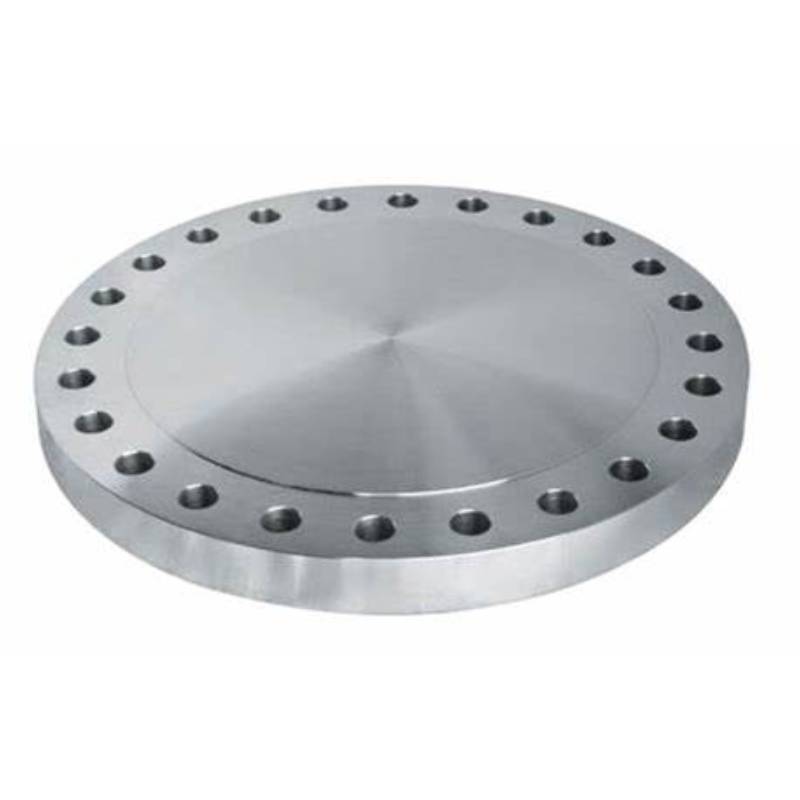-
Cangzhou Yulong Steel Co., Ltd.
-
Phone:
+86 13303177267 -
Email:
admin@ylsteelfittings.com
- English
- Arabic
- Italian
- Spanish
- Portuguese
- German
- kazakh
- Persian
- Greek
- French
- Russian
- Polish
- Thai
- Indonesian
- Vietnamese
- Zulu
- Korean
- Uzbek
- Hindi
- Serbian
- Malay
- Ukrainian
- Gujarati
- Haitian Creole
- hausa
- hawaiian
- Hebrew
- Miao
- Hungarian
- Icelandic
- igbo
- irish
- Japanese
- Javanese
- Kannada
- Khmer
- Rwandese
- Afrikaans
- Albanian
- Amharic
- Armenian
- Azerbaijani
- Basque
- Belarusian
- Bengali
- Bosnian
- Bulgarian
- Catalan
- Cebuano
- China
- China (Taiwan)
- Corsican
- Croatian
- Czech
- Danish
- Esperanto
- Estonian
- Finnish
- Frisian
- Galician
- Georgian
- Kurdish
- Kyrgyz
- Lao
- Latin
- Latvian
- Lithuanian
- Luxembourgish
- Macedonian
- Malgashi
- Malayalam
- Maltese
- Maori
- Marathi
- Mongolian
- Myanmar
- Nepali
- Norwegian
- Norwegian
- Occitan
- Pashto
- Dutch
- Punjabi
- Romanian
- Samoan
- Scottish Gaelic
- Sesotho
- Shona
- Sindhi
- Sinhala
- Slovak
- Slovenian
- Somali
- Sundanese
- Swahili
- Swedish
- Tagalog
- Tajik
- Tamil
- Tatar
- Telugu
- Turkish
- Turkmen
- Urdu
- Uighur
- Welsh
- Bantu
- Yiddish
- Yoruba

Nov . 22, 2024 12:46 Back to list
en1092 1 flange
Understanding EN 1092-1 Flanges A Comprehensive Guide
EN 1092-1 is a widely recognized European standard that specifies the design, dimensions, and materials used for flanges in piping systems. Flanges are crucial components that facilitate the connection of pipes, valves, and other equipment, ensuring a robust and leak-proof system in various industrial applications. This article aims to provide an overview of the EN 1092-1 standard, its importance, and its applications across different sectors.
What Are EN 1092-1 Flanges?
EN 1092-1 pertains explicitly to circular flanges made of steel and other materials used in pressure applications. The standard encompasses various flange types, including slip-on, weld neck, blind, and threaded flanges. Each type serves specific purposes, depending on the requirements of the piping system and the operating conditions.
The standard outlines dimensional specifications such as nominal sizes, flange thicknesses, and bolt holes. These dimensions are crucial for ensuring a proper fit and secure connection between components, thereby minimizing the risk of leaks and failures. Furthermore, EN 1092-1 specifies the tolerances for these dimensions, ensuring uniformity and interchangeability of flanges produced by different manufacturers.
Significance of EN 1092-1 Flanges
en1092 1 flange

The EN 1092-1 standard is vital in various industries, including oil and gas, chemical processing, water treatment, and power generation. By adhering to this standardized approach, manufacturers can produce flanges that meet strict safety and performance requirements. This compliance not only enhances the safety and reliability of piping systems but also facilitates international trade by providing a common reference point for manufacturers and users alike.
Moreover, the implementation of EN 1092-1 flanges helps mitigate risks associated with pressure systems. Flanges are often subjected to high pressures and temperatures; thus, ensuring they meet the specified standards is critical for preventing failures that could lead to catastrophic accidents or costly downtimes.
Material Considerations
Flanges under the EN 1092-1 standard can be made from various materials, each chosen based on the specific service conditions. Common materials include carbon steel, stainless steel, and duplex steel, all of which possess different mechanical properties and corrosion resistance levels. The choice of material is crucial in determining the flange's performance and longevity in a particular application, especially when exposed to harsh chemicals or extreme temperatures.
Conclusion
EN 1092-1 flanges play a pivotal role in the functionality and safety of piping systems across various industries. By providing a comprehensive standard for the dimensions, materials, and design of flanges, EN 1092-1 ensures that these critical components can withstand the demanding conditions of modern industrial applications. Understanding and utilizing this standard is essential for engineers and designers, allowing them to create safe, efficient, and reliable piping systems that meet both national and international regulations. As industries continue to evolve and embrace new technologies, the relevance of EN 1092-1 standards will remain a cornerstone of quality and safety in flange design and manufacturing.
Latest news
-
ANSI 150P SS304 SO FLANGE
NewsFeb.14,2025
-
ASTM A333GR6 STEEL PIPE
NewsJan.20,2025
-
ANSI B16.5 WELDING NECK FLANGE
NewsJan.15,2026
-
ANSI B16.5 SLIP-ON FLANGE
NewsApr.19,2024
-
SABS 1123 FLANGE
NewsJan.15,2025
-
DIN86044 PLATE FLANGE
NewsApr.19,2024
-
DIN2527 BLIND FLANGE
NewsApr.12,2024
-
JIS B2311 Butt-Welding Fittings LR/SR 45°/90° /180°Seamless/Weld
NewsApr.23,2024











